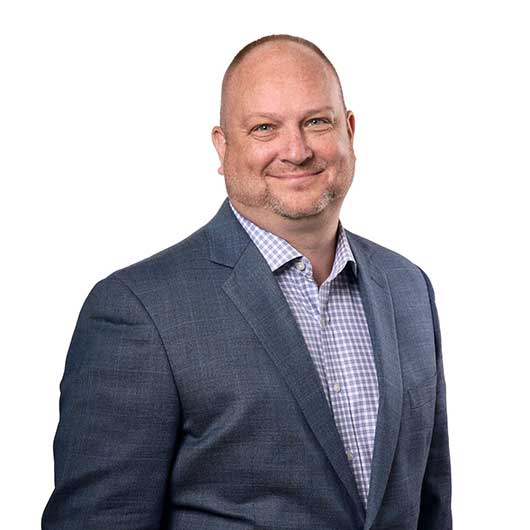Freight Markets in Flux: A Look at Domestic and International Trends in Q4
A recent Q3 shipper survey indicates that the freight industry remains uncertain in its forecast outlook. As excess inventories have decreased, careful inventory management by major retailers has lessened the need for restocking ahead of the holiday season.
Meanwhile, Shippers’ economic outlook has slightly declined, although retail shippers are being more optimistic. Inventory levels are decreasing, and 55% of shippers plan to maintain their current inventory levels. However, only 5% of shippers are looking to increase stock levels, and 64% don’t expect inventory levels to normalize until next year.
Shippers appear cautious due to not wanting to repeat past over-ordering mistakes and are likely waiting for more evidence on consumer spending. Expectations for transportation capacity differ between less-than-truckload (LTL) and truckload (TL), with the exit of Yellow impacting LTL capacity. Carriers and brokers anticipate a less active peak season, while shippers are more optimistic about freight volumes for the holiday season. The hesitation to restock among shippers may lead to future pressure for restocking.
On the other hand, due to a decline in maritime import flows, the National Retail Federation and Hackett Associates have adjusted their import volume forecast for the months leading up to October. In August, loaded import cargo volumes reached 1.96 million TEUs, but they are now expected to decrease to 1.94 million TEUs in the next two months.
Ships are not operating at full capacity, and declining freight rates suggest a need for cargo growth in the near term. This slowdown can be attributed to shippers stockpiling inventory earlier in the year to mitigate potential labor disruptions. While the NRF anticipates strong cargo volumes for the remainder of the year, it expects them to be at a lower level than previously anticipated. Shipping lines are adjusting their operations to accommodate the lighter volumes expected by year-end.
“In the current landscape of both domestic and international freight markets, we continue to witness a decline in rates within certain U.S. regions, and there’s no denying that volumes are noticeably lower compared to previous peak seasons. This trend isn’t isolated to the U.S.; it also extends to the international freight arena. Projections don’t indicate any substantial upswing in cross-border transportation either; instead, it appears that the status quo will prevail. The real test will be in observing whether this decline in activity during Q4 will carry over and impact the performance of Q1.”
-Aaron Zofkie, VP Transportation Brokerage and Enterprise Sales
-
Tariff Update: Where things are heading next
The buzz around tariffs has settled down over the last few weeks. Progress is being made in many areas, so the purpose of today’s post is...
+ Read more -
Successful 3PL-Customer Relationship – 6 Cornerstones
Hiring a third-party logistics (3PL) provider is a strategic approach for businesses to increase their capacity without expanding their...
+ Read more -
Canadian Rail Strike? – What We Know So Far
On May 1st, CN (Canadian National Railway) and CPKC (Canadian Pacific Kansas City) rail workers voted overwhelmingly to authorize a strike...
+ Read more




